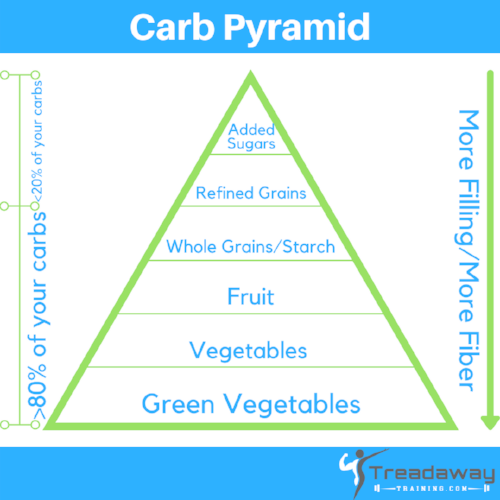I'm going to do something out of the ordinary today and answer the question of this article immediately. Yes, counting Calories does work but don't click the back button just yet. There's a catch. Not all Calories are created equal.
There are three major sources that we can obtain Calories from: Protein, Carbohydrate, and Fat. These are known as macronutrients or "macros" for short. The body uses different macros for different things, so how you distribute your Calories among the three macros will determine how much of the weight you lose will come from lean body mass and how much will come from body fat.
Protein
Protein is the least controversial of the three macros, so let's start with it. The body primarily uses protein to repair damaged tissues. One example is repairing muscle tissue after resistance training. (Keep in mind, each macronutrient can have different uses in different situations that we won't get into here.)
Protein is the most important macronutrient for fat loss. Studies suggest that increasing your protein intake will help you to both burn more fat and preserve more muscle (or even gain muscle if you're new to lifting weights) during a fat loss diet. This has a limit though, which seems to be 1.2g/lb of body weight for most novice weightlifters and 1.3g/lb of body weight for most advanced weightlifters. You can learn more about protein by watching this video.
Fat
Dietary fat has many important functions in the body such as transporting fat-soluble vitamins and aiding in the production of many hormones. Fat's primary function is to be burned as fuel for our bodies, typically while at rest or performing lower intensity activity. If it isn't burned for fuel, it's stored as body fat to be used at a later time.
Fat used to be demonized and was said to be the cause of the obesity epidemic and heart disease. Now fat is praised as the savior of all diets and people claim keto is the only way to get your dream body. As is most often the case, the truth lies somewhere in the middle. Aim to get 20 - 30% of your Calories from fat.
Carbohydrate
Carbohydrate's primary function is also to be burned as fuel, except carbs are used primarily for higher intensity activity. If not immediately burned, they're stored in our muscles and liver in a form known as glycogen, for later use. (One thing I should note here is the body is very good at utilizing what it has available for energy and can burn any of the three macronutrients for fuel at varying levels of activity and will adjust according to how much of each macro we consume.)
After you've assigned Calories to both protein and fat, all remaining Calories will go to carbs. Don't assume carbs aren't important based on the previous sentence. Carbs are important for training and sport performance, which in turn is important for fat loss. If you want to learn more about carbs and how they relate to fat loss, watch this video.
Fiber
Fiber is a specific type of carb and is responsible for maintaining the health of your digestive system. As an added benefit, fiber is very filling which will help keep your Calorie intake down. The average adult should aim to get at least 25g of fiber each day.
Dispelling Myths
I have bad news (or good news depending on how you look at it) for both you keto lovers and carb lovers. Carbs are not bad. Fat is also not bad. In fact, studies show that if Calories and protein are equal, the distribution of Calories between carbs and fats is of no importance for fat loss. This means you can't point your fingers and call each other names anymore; however, I will say keto does have some unique benefits and drawbacks. If you want to learn more about the ketogenic diet, watch this video.
Takeaway
If you eat more Calories than you burn over time, you will gain weight. If you eat fewer Calories than you burn over time, you will lose weight. This is a guarantee, but whether the weight gain or lose is in the form of lean body mass or fat mass will be determined by how you distribute your Calories among the three macronutrients.
Thank you so much for reading! If you found this information helpful, share it with a friend. I would appreciate it and I know they will too. If you like what I have to say, sign up below to become a Treadaway Training insider and never miss a post or video. I will be back next week with another fat loss topic. As always, God bless you AND your family and I'll see you next week.






